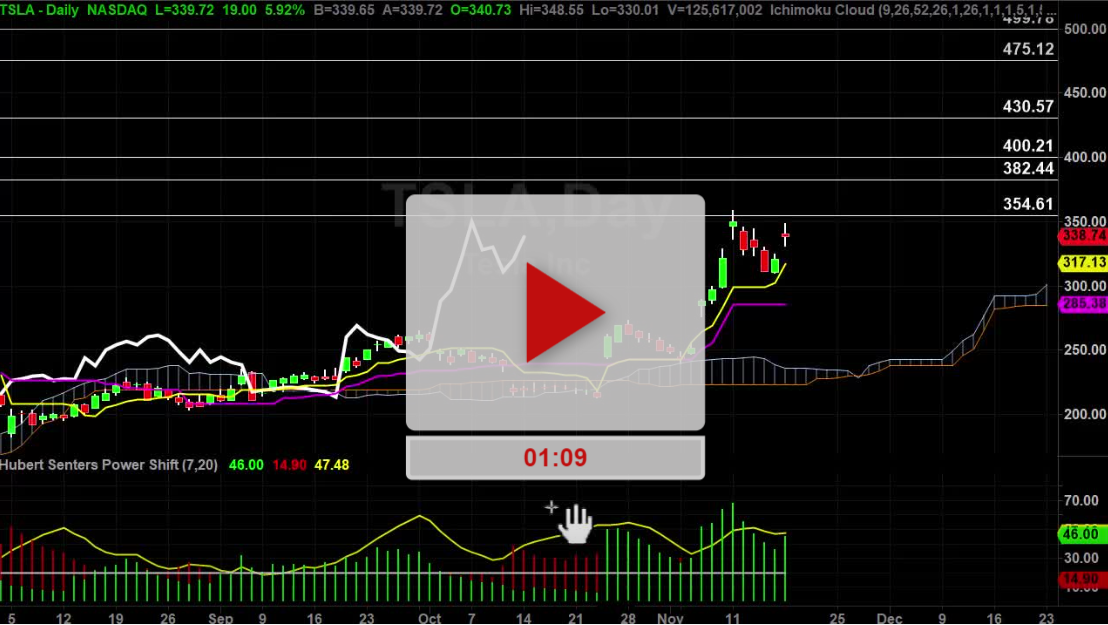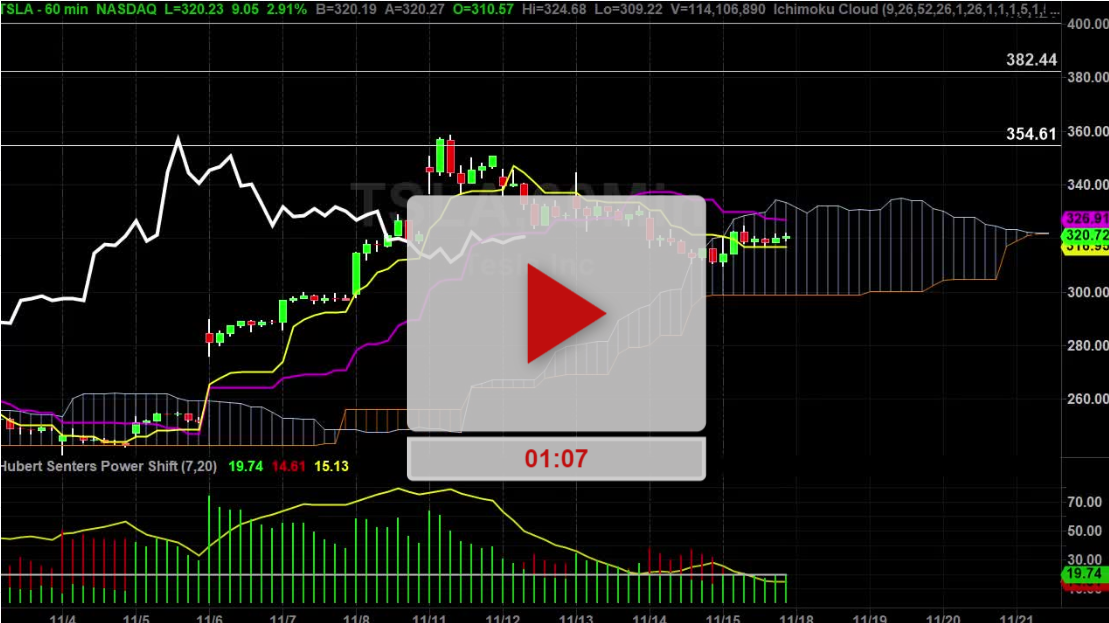Hubert Senters here.
Let’s take a look at a what is a dead cat bounce. You probably hear the term a lot on Wall Street.
I’m going to explain to you a lot of these but first before we do that let’s take a look at what looks like a roll over.
This is a pretty common thing. So you got a double tap here on the Dow and then you rollover and comeback up and you retrace and you test that most recent high either get to it or you don’t get to it.
Sometimes you’ll actually go a little bit higher than you rolled back over. They’ll consolidate. They’ll drop like a stone. Drop like a stone.
And then you’ve got this bounce which is not a dead cat bounce. It’s an actual decent retracement.
So that is a selloff with a decent retracement. That’s what that is and here’s how you measure that.
If you go from the beginning of said rollover right there and drop it down to here it retraced more than 50 to 61 percent retracement so that’s a decent bounce.
A dead cat bounce is when you do stuff like what we did today which is like this where you had a selloff yesterday and you don’t retrace at least 50 percent.
So in this case scenario, you can see almost 50 percent but not quite there. Another rule of thumb what you can do is you can take this and divide this up in quarters.
If your next days stays in most of the lower quarter of your previous bar then it’s probably a dead cat bounce. Usually lower dead cat bounce sis where it just barely bounce and that’s even better. Some cats bounce better than other folks.
I’m going to link you to the Wealth 365 online event registration form. I will be speaking over there. I’ll be talking about what’s working down the markets, how is able to get short bonds and hold on to them for a little bit here as they’re melting into the ground.
And other things that I’m looking at what’s working for me and we’ll also going to teach you how to find better trend trades in well established trends and also new trend trades.
Good luck. Hope it helps. See you on the next video.
Hubert.







0 Comments